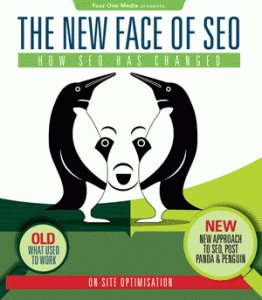- Do you want to create videos that people want to watch?
- Do you want to find new topics for your content?
- Do you want to discover keywords that contain lots of YouTube videos?
- Do you want to brainstorm new keywords to add to existing content?
The YouTube Keyword Tool can be a powerful aid when used correctly. It shows you how popular a specific keyword is and finds related keywords you can use in your video content.
Here are the 4 steps for finding profitable
keywords using the YouTube Keyword Tool:
Step 1.
Go to the YouTube keyword tool
https://www.youtube.com/keyword_tool
- Visit the YouTube Keyword tool in Google and go to the first suggestion and enter your base keyword here which in this case is going to be “Yoga”.
- Click “keyword ideas” and you will see that Yoga has 1,263,800 searches every month.
- Profitable keywords include “yoga pants”, “yoga music”, “yoga workout” which has 64,000 searches per month.
Step 2.
Look at exact match
What we just looked at before was “broad” match which includes keyword phrases in the sentence but if we look for “exact” then these are the exact phrases that people are searching for.
So “yoga” has 136,900, “yoga for beginners” has 65,200, “yoga pants” has 27,600 and “yoga music” has 19,700 searches per month. So you could create a video for each of those keyword phrases.
Searches that say “not enough data” means that people are still using those phrases to find related videos. Include them in your titles, descriptions, tags and blog content.
Step 3.
Check how many videos occur on YouTube for a specific keyword phrase
If you enter “yoga pants” into YouTube you’ll see the first video has 2,544,620 views, the next one has 207,000. If you look at “yoga workout” the first video has over 5 million views, the next one has 349,000 views.
This means those keyword phrases are in demand. To capitalize on the volume of views you can receive create videos that include those phrases.
For Example
yoga workout routine
pilates yoga workout
yoga poses workout
yoga ball workout
beginner yoga workout
Step 4.
Check how old the videos are
This first video for “yoga workout” was done over a year ago. The second video was done 7 months ago. So now you have a chance to swoop in and take over those rankings because Google loves fresh content.
Remember that the majority of users are not going to YouTube to purchase something. They are searching for information, help, and entertainment. Catering to these needs will help your video content succeed.
And now I’d like to invite you to subscribe to my free e-course “21 Ways To Generate Free Traffic From YouTube” http://www.drostdesigns.com/get-youtube-traffic





